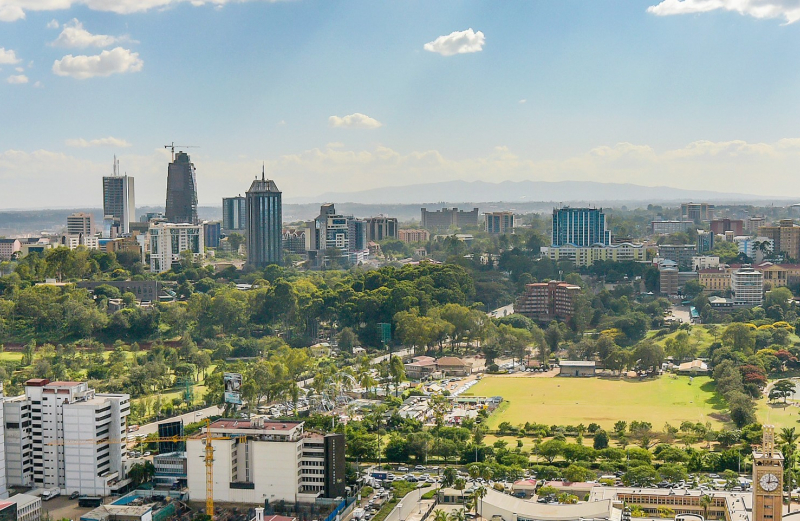Human Capital is the vital asset of nations

By Ibrahim Mayaki
GDP and GDP growth, often regarded as benchmarks when it comes to assessing the economic situation of a country, have long been controversial. Already in 1992, following the Earth Summit in Rio, several economists had begun to look at the notion of “sustainability”, believing that GDP did not take into account the stock of natural resources that is nonetheless essential to ensure economic growth over the long term. Similarly, the 2008 financial crisis reminded us of the extent to which our instruments for measuring the economic health of countries and businesses can be inaccurate or even misleading.
In a new study entitled “The Changing Wealth of Nations 2018”, the World Bank analyzes the evolution of the wealth of 141 countries between 1995 and 2014, taking into account four elements. The valuation of wealth is based on natural capital (mineral and natural resources, forests, etc.), capital produced (infrastructures, etc.), net foreign assets and, above all, human capital (income of a person throughout their life). This is the first time that human capital has been introduced into such a study, illustrating the importance of investing in individuals as an essential tool to create the wealth of nations.
We note that human capital represents not less than two-thirds of the world’s wealth. In high-income countries, human capital accounts for 70% of the wealth compared to only 40% in low-income countries. Thus, when we follow the trajectory of low-income countries that became middle-income countries between 1995 and 2014, there is an investment from the proceeds of natural capital toward infrastructure and education. Conversely, in ten of the 24 countries from the low-income group, natural capital still accounts for more than 50% of the national wealth.
Globally, global wealth has increased, including the catching up of high-income countries by middle-income countries. Nevertheless, inequality has persisted since, in OECD countries, per capita wealth continues to be 52 times higher than that of an inhabitant of a low-income country. Moreover, even though low-income countries show a near doubling of their wealth levels between 1995 and 2014, the demographic pressure felt in many countries, mainly from sub-Saharan Africa, has not allowed per capita wealth to increase as much as the world average.
By reading this report, we can conclude that Africa faces two main challenges: leading the transition from wealth based on natural capital to wealth based on human capital and better managing its demographic pressure. African countries that have too often been hit by the “commodities curse” need to massively reinvest their extractive industry revenues in infrastructure and education to create the necessary conditions for inclusive and sustainable growth. It is another evidence of the fact that African governments must reflect on their development strategies by harnessing the demographic challenge so that our youth truly becomes the first wealth of our continent.



